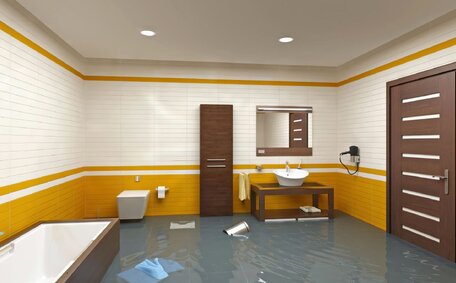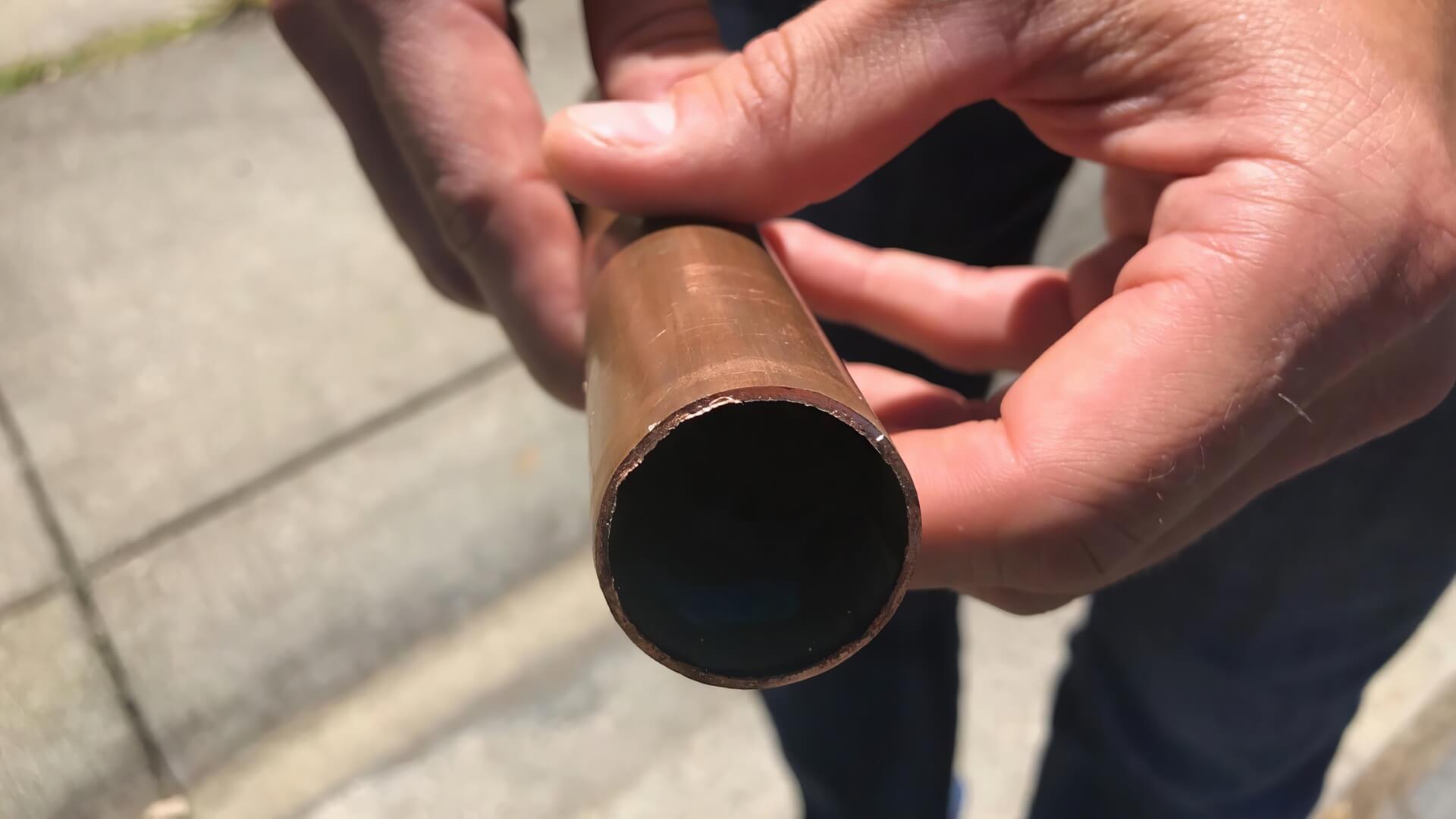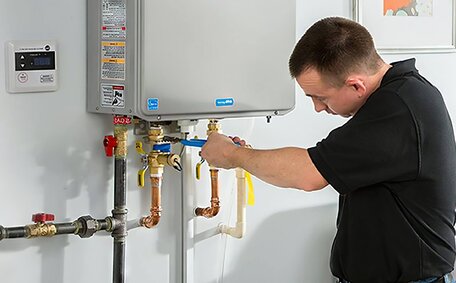
Signs Your Hot Water System Is Failing
Common signs your hot water system is failing include strange noises, rust, leaks, inconsistent temperature and pressure. Call our licensed plumbers if you notice these issues for repairs.
Read MorePipe relining is a trenchless method of repairing damaged plumbing pipes without having to dig them up. It involves inserting a resin-saturated felt tube into the existing pipe and inflating it to form a tight fit. The resin then cures and hardens, creating a smooth new inner pipe lining.
Pipe relining is necessary when pipes have become cracked, corroded or blocked by tree roots or other obstructions. Instead of breaking up floors, driveways or gardens to access and replace damaged pipes, relining provides a minimally invasive solution. It restores pipes to a structurally sound state and prevents further deterioration.
The benefits of pipe relining over traditional pipe replacement include reduced disruption, lower labour costs, faster project completion times and greater longevity of repairs. Relining extends the lifespan of pipes for decades at a fraction of the cost of excavating and installing new piping.
There are several key reasons why pipe relining is often the best solution when your plumbing system needs repairs:
Over time, pipes suffer wear and tear. Old metal pipes also corrode from the inside. Relining offers a long-term fix for ageing, damaged pipes.
Environmental factors like ground shifting and tree roots growing near pipes can cause cracks and blockages.
Unlike pipe replacement, relining doesn’t require digging up floors or landscaping. The flexible resin liner is inserted through existing piping, so it’s far less disruptive. This makes it ideal for hard-to-access pipes.
Eliminating the need for excavation significantly reduces labour and material expenses. For a fraction of replacement cost, pipe relining extends the life of your pipes for decades.
Relining covers cracks and gaps, creating a smooth new pipe surface resistant to blockages. It prevents root intrusion and resolves leakage issues in degraded pipes.
New piping inserted into old pipes inherits structural strength from the existing material. This results in a reinforced system that will last longer than completely new pipes.
The pipe relining process involves several key steps:
At Marrickville Plumbing, our experienced technicians use industry-leading equipment and materials to deliver seamless pipe relining. We take care of the entire process with minimal disruption to your property.
Pipe relining restores your plumbing system from the inside out with long-lasting results. Contact us today to learn more about this trenchless pipe repair solution.
The type of original piping affects costs. Plastic pipes are easiest to reline while old metal pipes require extra preparation. Relining materials also cost different amounts.
Wider pipes require larger liner tubes and more resin, increasing project costs. Typical residential pipes of 3-6 inches are cheaper to reline than large commercial sizes.
Longer pipes necessitate longer liner material and installation time. Total linear footage is a major cost determinant.
If pipes are hard to access, specialised equipment is needed to thread the liner through. Complex projects cost more.
Severely deteriorated pipes require more resin and preparation for successful relining. Mild damage is cheaper to repair.
Experienced technicians and complex jobs take more labour hours and expense.
Specialised pipe relining tools like CCTV cameras and resin rollers carry rental fees factored into the job.
Pipe relining is significantly cheaper than full replacement. Eliminating excavation and restoring pipes from the inside reduces labour and material expenses.
Relining is a trenchless process that doesn’t destroy driveways, floors or landscaping. Replacement requires substantial property damage.
Pipe relining takes 1-2 days while replacement is much slower due to excavation and installation of new piping.
The combination of old pipe strength and new internal lining makes relining more durable. It prevents future corrosion and degradation.
Relining can repair pipes in tight spots or under structures that replacement can’t reach without major demolition.
While pipe replacement entirely swaps out old for new, relining retains existing infrastructure and restores it cost-effectively. For the least disruption and greatest longevity, pipe relining is often the optimal solution.
When requesting quotes for pipe relining, ask these key questions:
Find out how the company handles pipe preparation, resin impregnation, liner installation and curing. Modern UV-cured liners tend to be superior.
Quality epoxy resins and felt liners result in durable repairs. Ask about the brands and specs.
Some companies only do partial relining. Choose one that can reline your entire damaged system.
Many companies offer guarantees of at least 5 years on pipe relining. A longer warranty indicates greater confidence in their work.
Ask how long the company has offered relining services and the number of jobs completed. Look for substantial expertise.
Ask for before and after photos and videos of past relining projects to assess quality.
Confirm proper licensure for commercial and residential plumbing work in your state.
Ask for a detailed quote accounting for all project elements - materials, labour, equipment fees, etc.
When undergoing pipe relining, there are several effective ways to decrease the total expenditure:
Ask about pipe diameter optionsWhere viable, downsizing pipe diameter even slightly can significantly reduce resin and liner material costs.
Look for special offersMany companies offer periodic deals. Scheduling off-peak times like winter for big projects can mean discounts.
Reuse old access pointsUsing existing clean-out points minimises the need for removing and replacing sections of pipe.
Pipe relining provides a wide range of benefits that make it the superior choice compared to traditional pipe replacement:
The combined structural strength of old pipes and new internal lining provides reinforced longevity. Relined pipes last for decades vs. replacements.
Eliminating excavation and simplifying repairs reduces costs by thousands over replacement projects.
Little to no destruction of landscaping or property is required, making relining a non-invasive solution.
Jobs take 1-2 days rather than weeks, minimising plumbing downtime.
Relining can repair pipes in even the hardest-to-access places.
The smooth, corrosion-resistant lining prevents cracks, blockages and root intrusion down the line.
At Marrickville Plumbing, our pipe relining solutions provide an efficient and cost-effective alternative to re-plumbing your entire drainage system. Contact us to learn more about restoring your sewer and pipes from the inside out.
Common signs your hot water system is failing include strange noises, rust, leaks, inconsistent temperature and pressure. Call our licensed plumbers if you notice these issues for repairs.
Read MorePipe relining is an eco-friendly alternative to pipe replacement that uses materials like epoxy resin to repair pipes without digging. It produces less waste and emissions than traditional methods. Learn about the environmental benefits of trenchless pipe relining.
Read MoreReplacing an outdated electric, gas or solar hot water system with a more efficient heat pump or solar model can significantly reduce your energy bills and carbon footprint. Take advantage of available rebates. Contact us to retrofit your old system today.
Read MoreMarrickville, 2204 NSW
We will call back as soon as possible.




